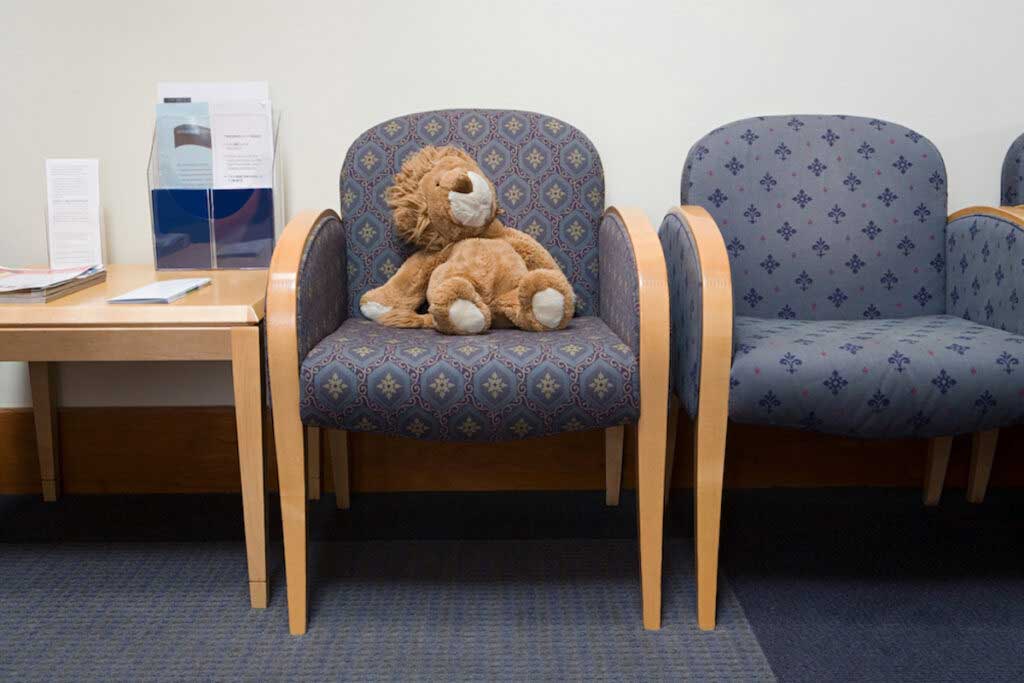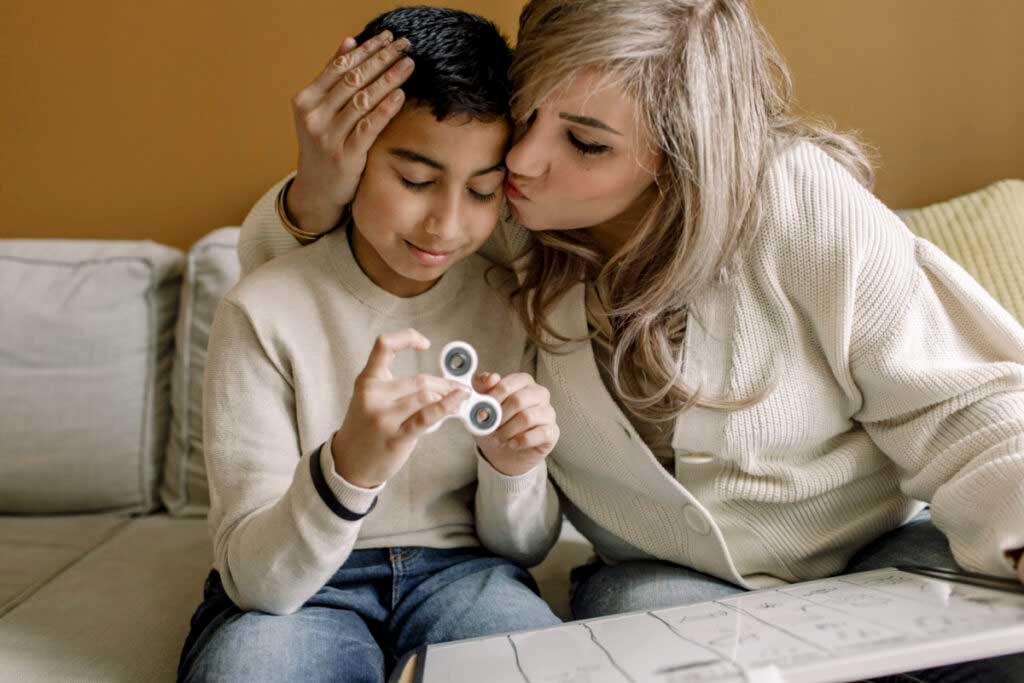Can you talk about the risks of trampolines? We’ve just purchased one for our house thinking it would be a great way to get sillies out and build core strength. But then we started googling (admittedly after we paid for it and had it installed), and now we’re freaking out that we’ve made a horrible mistake.
—Jumpy Parent
This is an example of an area where we need data to think about risks. The data isn’t going to make your decision for you, but without it … there is just Google. Evaluating a risk like this means (a) getting some actual numbers, (b) thinking about comparisons, and (c) considering whether there are ways to protect against risks.
Let’s start with the numbers. Trampolines are, in fact, a significant source of injury. Trampoline injuries account for about 100,000 ER visits each year. In 2017, the injury rate was estimated at 53 per 100,000 person-years. The vast majority of these are broken bones, especially arms or lower legs (tibia/fibula). About 12% of the time, the injury was severe enough to require hospitalization.
These rates have gone up moderately over time, increasing an estimated 3.85% from 2008 through 2017. This increase is, notably, mostly due to the growing popularity of trampoline parks (Sky Zone and similar). These have become much more popular, but they carry risks just as home trampolines do. As the number of kids playing goes up, injuries have also gone up.
We can put these in context. In 2017, trampolines accounted for about 6.2% of all pediatric fractures presenting to the emergency room. Conversely, 94% of broken bones were for some other reason. Bike accidents accounted for about six times as many ER visits as trampolines. Dog bites also account for more visits. There are about 11 million pediatric ER visits in the U.S. per year, although most are for illness and not injury.
What we cannot calculate is the risk of injury per use. Bikes are a larger share of ER visits, but they are also used more frequently than trampolines. It seems very likely that the risk per use for trampolines is higher, just given differences in the usage, but we cannot see that because we don’t have great data on how much trampolines are used. This makes the data ultimately a bit unsatisfying, although I think what I take away is that trampolines are a risk, but not one that is outsize to other risks that one might take.
Faced with this injury risk, some people will choose not to have a trampoline (or not to go to a trampoline park) and others will decide (i.e. see this piece) that the value in terms of fun, recreation, and exercise outweighs the risks.
If you do keep the trampoline: serious injuries are rare, but in a small number of cases, reports seem to be linked to lack of supervision, failed flips, and multiple users.

















